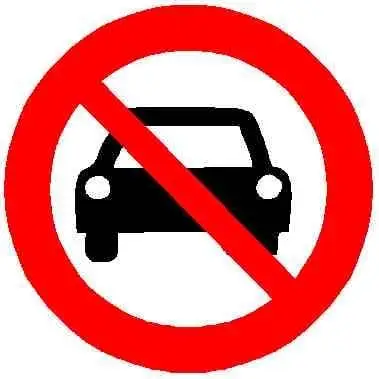Sometimes when watching videos on effective ways of public transport and trams come up, I get a bit annoyed at people not addressing the fact that they seem to share the road with cars. Why do people twerk for trams so much as a form of light rail if they share the road with cars and are subject to being affected by traffic? Doesn’t that just make them rail buses without their own bus lane? Doesn’t that make them more obsolete? Why do people like them so much?
Edit: Also, does anyone have any resources about the cost to benefit ratio of different intratown/city forms of transport (bike lanes, BRT, trams and other forms of light rail, subways etc)? Would be much appreciated.


It all depends, really. As other people have pointed out, you can allay the problems of car traffic by giving trams right-of-way, dedicated lanes or both.
I’ve tried to summarise what I understand are the key pros and cons of trams vs. buses below. As you can see, I’ve come up with more positives than negatives, but it really does depend on the particular situation in each town or city. Mixed modes are always best, IMO!
Upsides
Trams are generally easier to electrify than buses, so they can be more eco-friendly in that sense, though this is changing with better charging infrastructure, hydrogen fuel cells, etc., for buses.
Trams can also be built with very low clearance, making it near impossible for them to run someone over, which is a good safety feature.
They’re generally quieter than buses, too.
Mixed
Trams cost more to build compared with buses (because you need to lay tracks) but then cost less in the longer term (because rails and metal wheels are more efficient than tarmac roads and rubber wheels, and wear out more slowly). So, which is best from a cost POV depends on your exact situation.
Tram rails can be laid with grass underneath, which is more eco-friendly for numerous reasons. Of course, this also entails a downside if you want to use that space for other vehicle types. Again, another one where a planner would need to weigh costs and benefits.
Downsides
If you have a more dense network, you can always divert lines on other streets if there are any issues. My city is also using temporary switches and trams with driver cabins at both ends whenever there are works going on.
Thanks